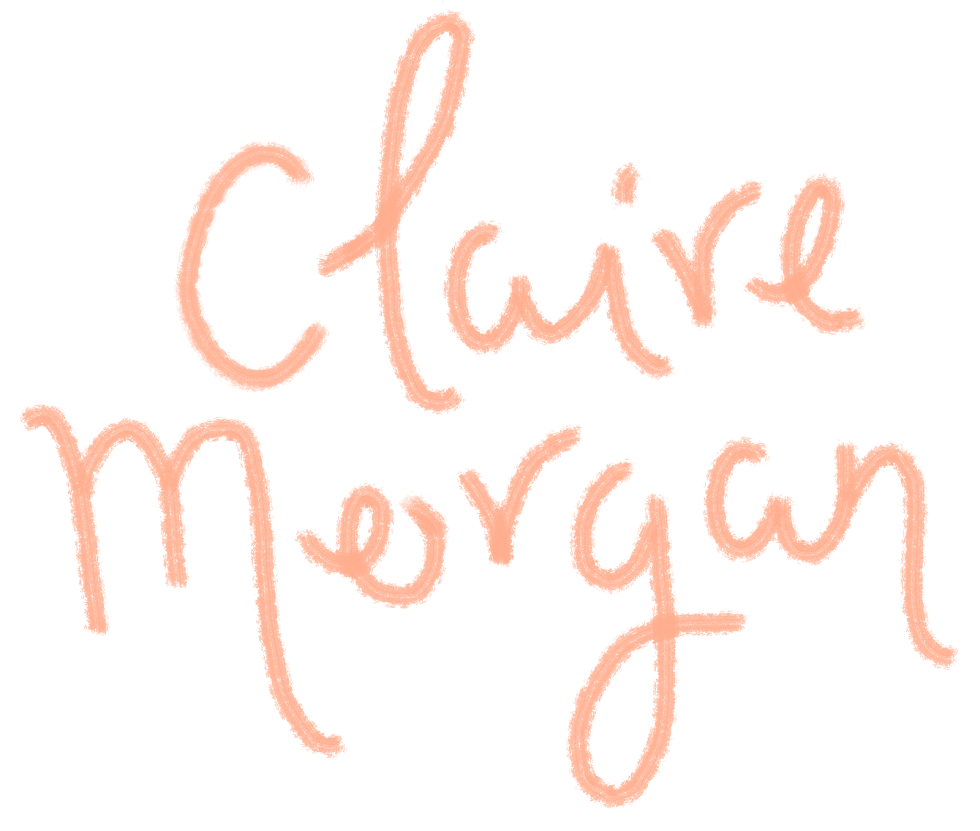
17/04/2013
Alex Trochut - More Is More
Alex Trochut is a Spanish designer working with illustration, graphical designs and typography. His work uses intricate details and vibrant colours, it is full of elegance with control and beautiful execution.


Trochut makes sure the visual and the readability is balanced, and depending on how long he will have the audience for, depends on how much he pushes the visual, so if it’s a few seconds he would make it more clear, but it it’s longer he will explore more interact designs.
He likes to make the text slightly hidden in the image, so rather than reading it first you see the image first. The audience will see it as an images first and them realise there is text there. He wants the type to give the context, mood and shape of the design not just the information.
He uses symmetry as he feels that just flipping an image doesn’t always work, but he wants just an element of symmetry so the two sides are still different, this allows for a visual balance.
He works both traditional and digitally, as traditional methods can have unexpected results, yet digital allows him a high end finish, as his work looks flourished and embellished which gives his work depth, as if he worked zoomed in to get everything perfect.
At the beginning he usually sketches and then takes this to digital, he doesn’t always follow the same work process as he likes to get lost in the process, using his tools and formulas to help him along the way. He uses Photoshop, but would like to extent to 3D packages as this would help him to understand lighting and perspective. He works with the text first, the images will get more detailed as he works on.
Trochut is inspired by the Art Nouveau and Art Deco movement, also designers from the 1960s who were working with illustrations and experimenting like Milton Glaser and the skateboard artists like Jim Phillip. He is also inspired by nature, for the geometry and organic forms. When he needs inspiration he will go on the discovery channel and find weird images of nature. His environment and the places he has travelled also affect his work as he consumes what is around him.
He has worked for big companies such as The New York Times, Adidas and Coco-Cola, but also worked for smaller brands, events and festivals to allow him to push his boundaries.
He always wants to evolve, so he does his own personal projects so he can experiment and create new styles, with more styles he can show future clients more of what he can do rather than them always wanting the same. When given a brief he tries to understand the references, so he knows what style should be used, he uses his own personal styles.
And finally his four stages of creativity: Immobility (the period before you start creating), Imitation (learning from references), Intuition (don’t think, feel) and imagination (stop following, create yourself).
Subscribe to:
Post Comments (Atom)
©
Claire Morgan Creative. All rights reserved.










No comments
Post a Comment